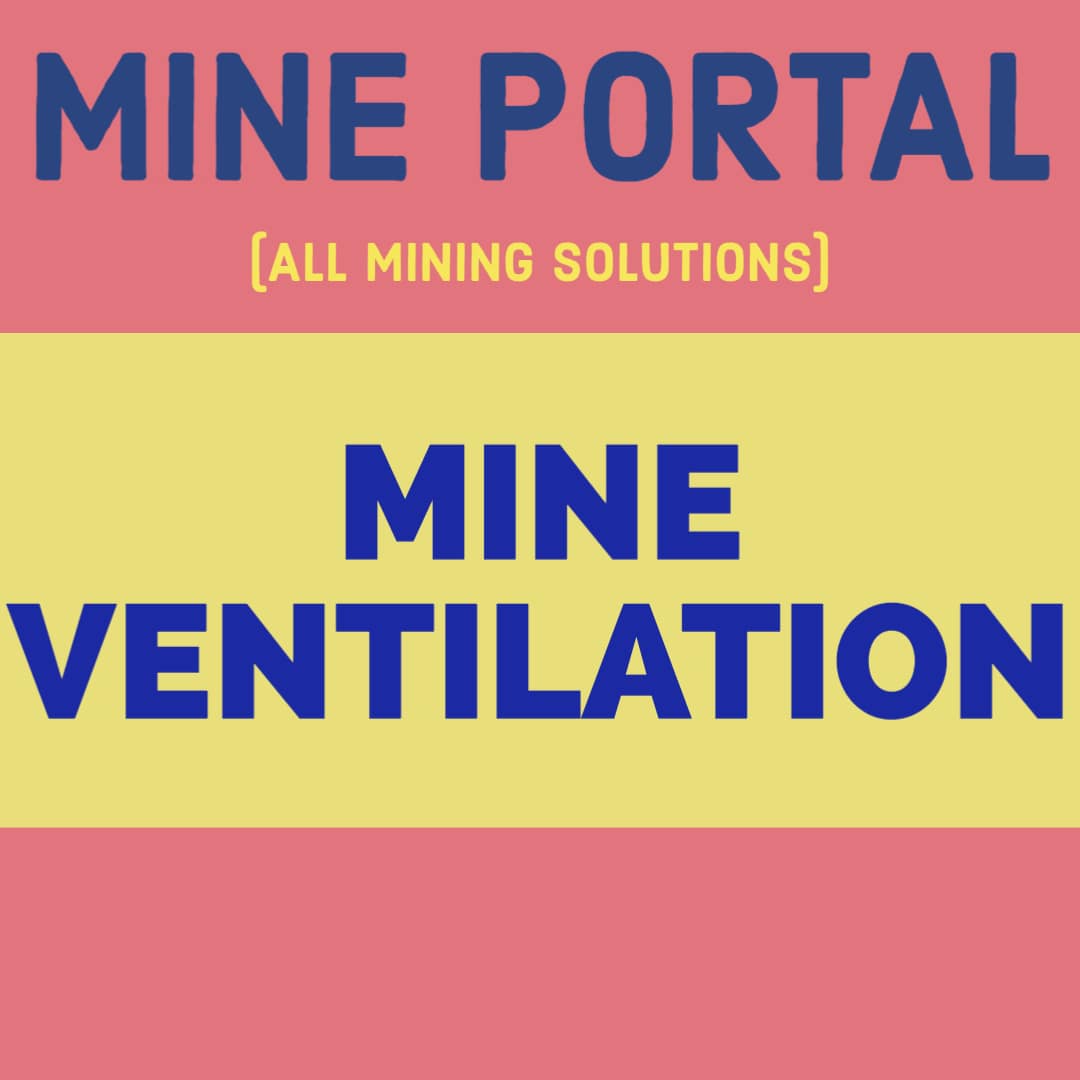
FMU-MINE VENTILATION DGMS EXAM SYLLABUS
SYLLABUS FOR EXAMINATION FOR FIRST CLASS MANAGER’S CERTIFICATE OF COMPETENCY
(Under Metalliferous Mines Regulations, 1961)
MINE VENTILATION, EXPLOSIVES, FIRES AND INUNDATION
Composition of mine atmosphere; Mine gases; generation, properties and effects; sampling and analysis of mine air; flame safety lamp; monitoring of different gases; inflammability of fire damp; fire damp explosions.
Flame safety lamps and their design; use and maintenance; testing of safety lamps; lamp house and organization.
Heat and humidity:- Sources of heat in mines; geothermal gradient; heat flow in deep mines; effects of heat and humidity; psychometrics; computation of thermodynamic properties of mine air; basic modes of heat transfer in mines; methods of calculation of heat flow and temperature rise in mine airways; heat and moisture transfer in stopes; Computation of heat load due to various machines in development working and stopes e.g. drills, road headers/tunnel bores, LHDs, low profile dumpers locomotives, lump breakers, crushers, belt conveyors underground sub-stations, etc,; air cooling and conditioning.
Air flow in mines:- Laws of air flow; resistance of airways; resistance and splitting problems; equivalent orifice; flow control devices; permissible air velocities.
Natural ventilation:- Seasonal variations; calculation of natural ventilation pressure; thermodynamic principles and other short-cut methods.
Mechanical ventilation:- Theory of different fans; characteristics and suitability of fan; selection, testing and output control; fans in series and parallel; reversal of air flow; fan drift, diffuser and evasee; booster and auxiliary fans; ventilation of heading and sinking shafts; standards of ventilation; ventilation calculation.
Ventilation planning:- Ventilation layout; determination of size of shafts and airways; estimation of air quantity requirements; ventilation network analysis; Hardy Cross methods of iterative analysis and application of linear theory; thermodynamic network analysis and computer application; application of numerical modeling; estimation of pressure requirement; ventilation survey; ventilation plans.
Airbone dust:- Generation, dispersion, measurement and control; suppression and treatment of mine dust; sampling and analysis of mine dust.
Mine fires:- Types; causes; detection; prevention and control of mine fires; spontaneous heating; dealing with mine fires; sealing off fire-areas, build-up of extinctive atmosphere; fire fighting organization; reopening of sealed off fire areas.
Firedamp and sulphide dust explosion:- Cause and prevention; stone dust barrier; water barrier and other methods.
Inundation:- Causes and prevention; precautions and techniques of approaching old water logged working; safety boring apparatus; pattern of hole; design and construction of water dams; water lodgements water danger plan.
Recovery of mine after explosion, fires and inundation and investigation after the same; rescue and recovery in mines; rescue apparatus; organization of rescue work; emergency preparedness and response system.
Illumination:- Cap lamps, layout and organization of lamp rooms; standards of illumination; photometry and illumination survey.
Recent development in mine ventilation; use of numerical modeling in ventilation planning.
Risk Assessment and analysis with reference to mine environment, management of environmental risks


No comments added yet!